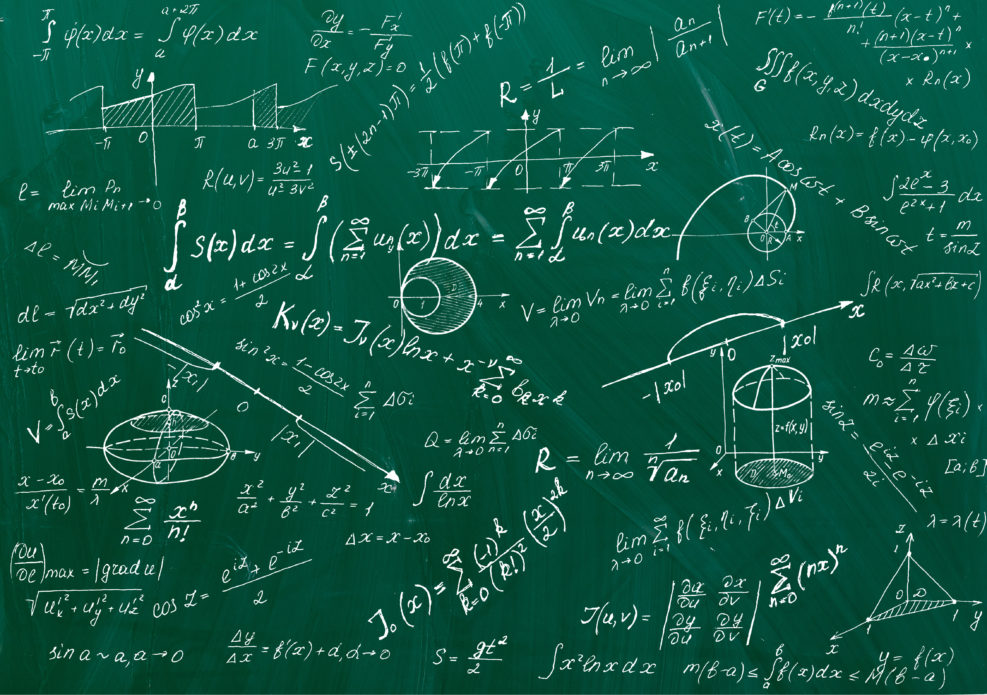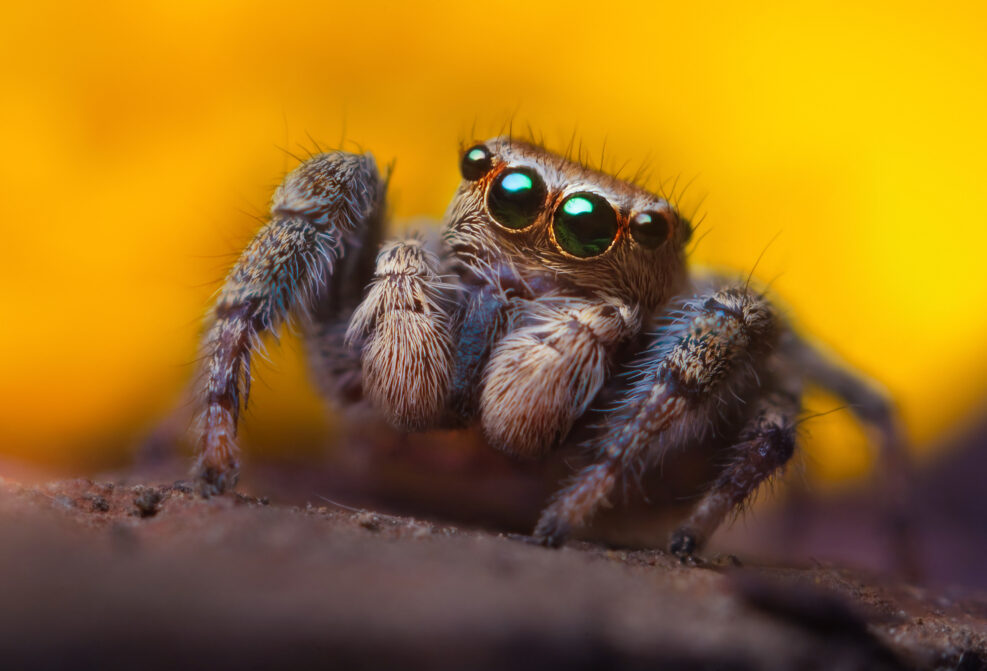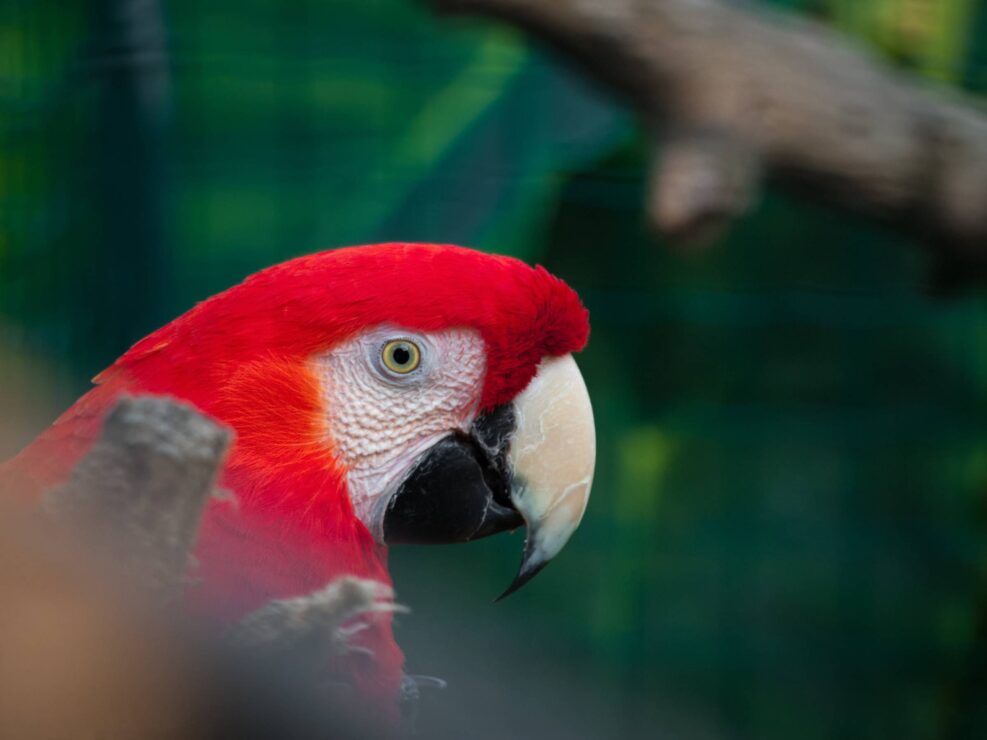
Why Is Object-Oriented Programming Popular?
This method makes programmers think more systematically about their codeProgramming practice has gone through several evolutions in its lifespan. The first phase might be considered the “exploratory” phase, where there were no rules but a lot of imagination. People wrote code that was simultaneously amazing and terrible—amazing at what people got their slow computers to do, but terrible in that no one but the author would ever be able to maintain the programs. The lessons learned from the exploratory phase led to what is known as “structured” programming. The goal of structured programming was to be able to write programs that someone else had a chance of reading and understanding. Structured programming favored having really well-documented inputs and outputs to every function, very clear entry and exit points to each function, and Read More ›




